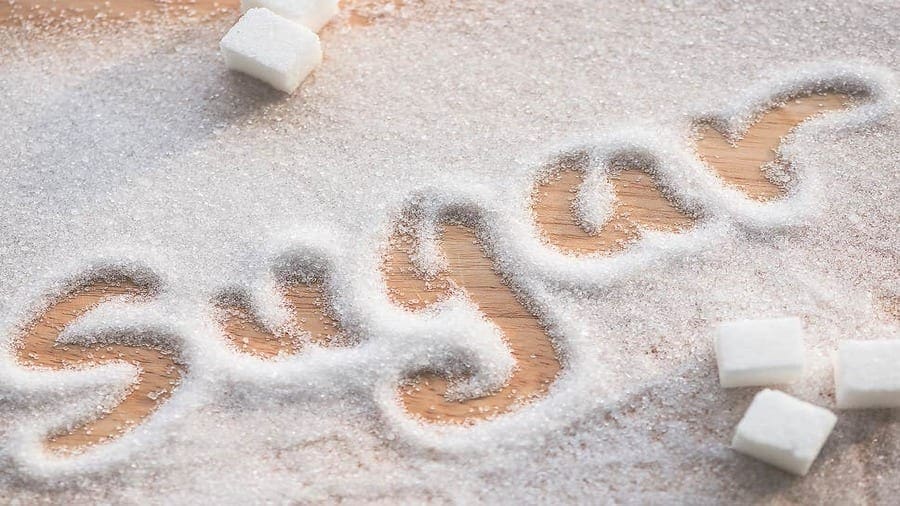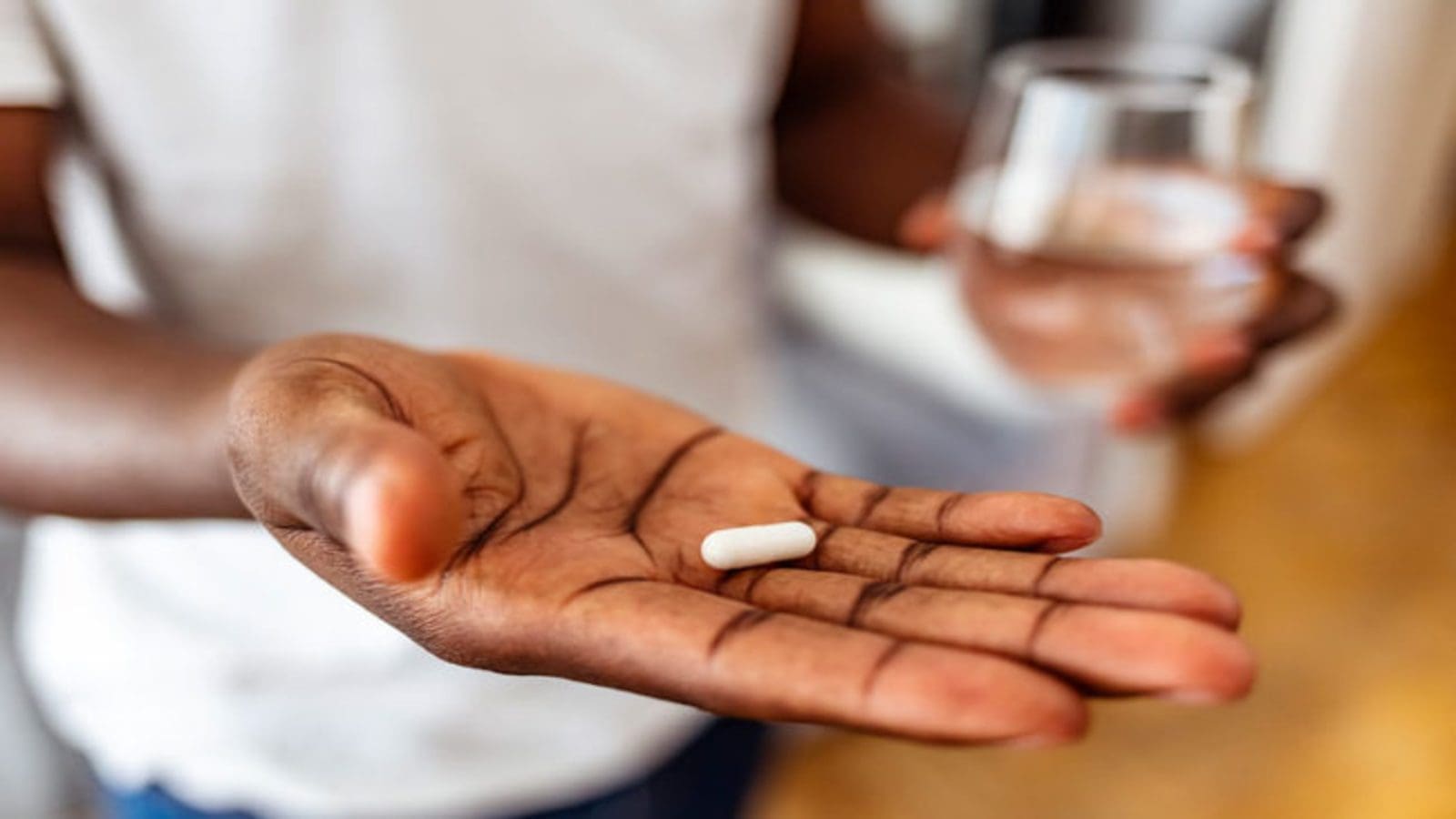SOUTH AFRICA – South Africa’s sugar production in the 2021/2022 marketing year is expected to increase by 3 percent to 2.2 million Metric Tons (MT), from 2.1 million MT of the previous corresponding period.
The rise according to a GAIN report prepared by USDA is based on the increase in quantity of cane delivered to the mills, a longer milling season, and consistent mill efficiencies.
According to the report, sugar cane crop will increase by 3 percent to 18.8 million MT in the period under review, up from 18.2 million MT.
This is based on normal weather conditions, improvements in yields, marginal increases in area planted, and industry efforts governed by the Sugar Master Plan to increase production, especially for small scale farmers.
However, this is expected to be partially offset by some growers diversifying to more profitable crops, lower replanting from growers who are under financial distress, and risks of carry-over cane due to the limited milling capacity following the permanent closure of Umzimkulu mill and temporary closure of the Darnall mill.
While the Umzimkulu mill has been permanently closed and the Darnall mill will be temporary closed in the 2021/22 MY, most sugar mills opened earlier than usual to lessen the risks of failing to crush some of the cane as was the case in the 2020/21 MY.
Local sugar consumption to rise by 2%
With the beefed-up efforts by the processors to increase sugar out-put, domestic sugar consumption is projected to increase by 2 percent to 1.71 million MT from 1.67 million MT.
This is based on the growth in population and continued improvements in demand from the local industry, partly due to the surge in demand for home consumption during the COVID-19 lockdowns and commitments by local manufacturers to use domestic sugar as part of the Sugar Industry Master Plan.
It is important to note that in the past 3 years, domestic consumption has been impacted by the decrease in demand of sugar from the beverage sector following the introduction of the tax on sugar sweetened beverages.
Beverage manufactures seem to have completed their product reformulations to either avoid or minimize the impact of the sugar tax by combining less sugar with an increased use of sweeteners, stabilizing local sugar demand.
USDA
The government of South Africa implemented a sugar-sweetened beverages (SSB) tax of approximately 10%, known as the Health Promotion Levy (HPL) in 2018.
A recent study by South African Medical Research Council Centre for Health Economics and Decision Science, PRICELESS-SA and partners, has indicated that the sugar tax has led to reduced intake of sugar-sweetened beverages.
USDA notes that most beverage manufactures seem to have completed their reformulations to either avoid or minimize the impact of the sugar tax by combining less sugar with an increased use of sweeteners such as aspartame, stevia leaf extract, sucralose and acesulfame potassium.
To this end the industry does not expect further reductions of sugar demand as the trend is expected to stabilize in the 2021/22 MY and coming years.
However, post expects on-going investments by local producers including sugar cane growers and milling companies in the sweetener sector in response to consumer health trends.
Sugar exports to marginally rise
With the country being self-sufficient in sugar production, its sugar exports are expected to marginally increase by 1% to 995,000 MT.
Malaysia was the leading market for South African raw sugar exports accounting for 54 percent of the total raw sugar exports in the 2019/20 MY, followed by India (12 percent), China (8 percent), Italy (7 percent), Namibia (5 percent), United Kingdom (4 percent), and United States (3 percent).
While Mozambique, Namibia, United Kingdom, Madagascar, Botswana, and Tanzania are the main refined sugar export markets for South Africa.
Total sugar imports are set to be stable and only marginally increase by less than 1 percent to 435,000 MT in the 2021/22 MY, from 431,000 MT in the 2020/21 MY, based on the increase in Eswatini exports.
It will be partially offset by incentives (rebates) and commitments by manufactures to utilize local sugar instead of imports and depressed demand of sugar imports due to COVID-19.
Liked this article? Subscribe to Food Business Africa News, our regular email newsletters with the latest news insights from Africa and the World’s food and agro industry. SUBSCRIBE HERE











